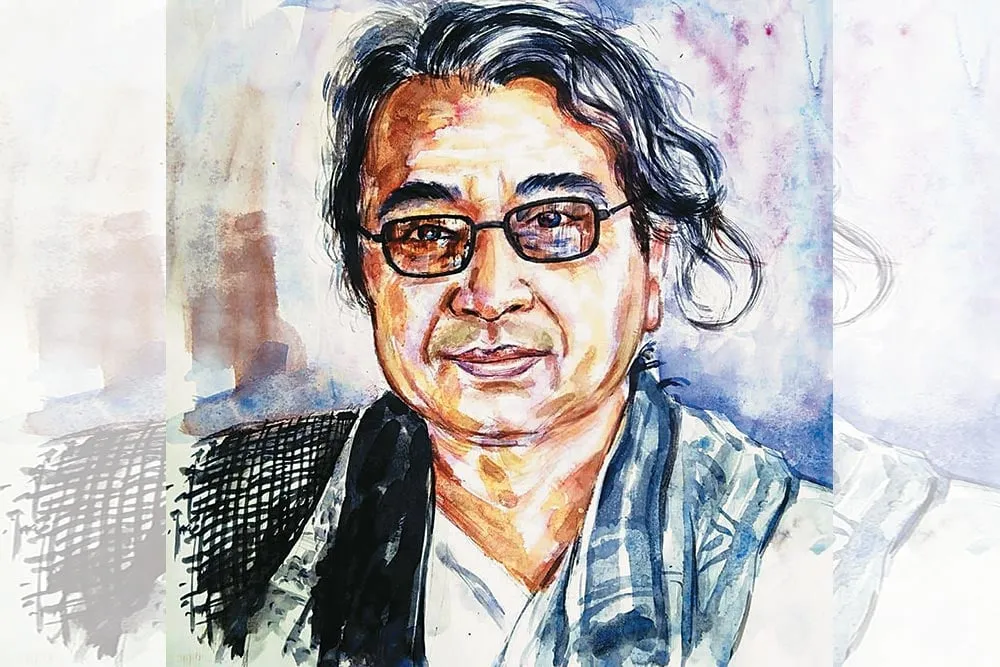Bangladesh Uprising: Students Protest Demand for Reservation Rights

Bangladesh Uprising: An Overview
The Bangladesh Uprising has become a symbol of resistance among students fighting for their rights, especially focusing on reservation policies. This movement started against unfair laws and has escalated into a larger call for social justice and human rights.
Key Developments
- Students have taken to the streets, uniting against an oppressive regime.
- The movement reflects historical struggles for liberty, echoing the 1971 Liberation War ethos.
- Demands primarily center on reservation rights in public sector jobs.
The Role of the Interim Government
The interim government’s existence serves as a transitional phase aimed at restoring rights while paving the way for a democratically elected government.
Challenges Ahead
- Clearing the remnants of authoritarian governance.
- Establishing a timeline for free and fair elections.
Anti-Indian Sentiment and Regional Dynamics
The uprising also reflects a broader discontent with Indian policies perceived as proto-colonial. The historical context of water-sharing disputes continues to fuel sentiments against foreign influence.
Community Solidarity
- Massive support for the students' cause demonstrates exceptional community unity.
- The movement’s message transcends ethnic and religious boundaries, fostering a shared identity.
This article was prepared using information from open sources in accordance with the principles of Ethical Policy. The editorial team is not responsible for absolute accuracy, as it relies on data from the sources referenced.